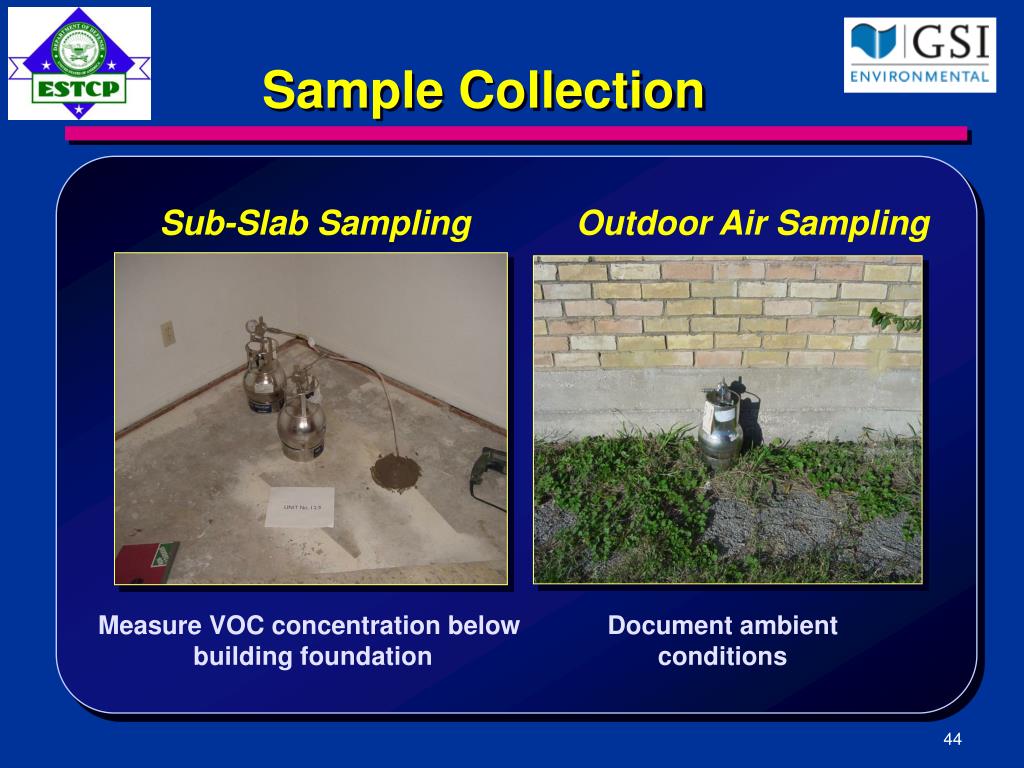

Characterization and health risk assessment of particulate bound polycyclic aromatic hydrocarbons (PAHs) in indoor and outdoor atmosphere of Central East India. Characteristics of indoor and outdoor fine particles in heating period at urban, suburban, and rural sites in Harbin, China. 2020 53:101871.įang WX, Song WW, Liu LY, Chen GN, Ma LN, Liang YX, Xu YJ, Wang XY, Ji YH, Zhuang Y, Boubacar AH, Li YF. Investigation of yearly indoor/outdoor PM 2.5 levels in the perspectives of health impacts and air pollution control: Case study in Changchun, in the northeast of China. Biomonitoring of polycyclic aromatic hydrocarbons from coke oven emissions and reproductive toxicity in nonsmoking workers. Jeng HA, Pan CH, Lin WY, Wu MT, Taylor S, Chang-Chien GP, Zhou G, Diawara N. Exposure and risk assessment of PAHs in indoor air of waterpipe cafés in Ardebil, Iran. Rostamia R, Zarei A, Saranjamc B, Ghaffari HR, Hazratic S, Poureshg Y, Fazlzadeh M. Are we safe inside? Indoor air quality in relation to outdoor concentration of PM 10 and PM 2.5 and to characteristics of homes. Ścibor M, Balcerzak B, Galbarczyk A, Targosz N, Jasienska G. Mortality effects assessment of ambient PM 2.5 pollution in the 74 leading cities of China. The effect of air purifiers on the reduction in indoor PM 2.5 concentrations and population health improvement. An investigation of the PM 2.5 and NO 2 concentrations and their human health impacts in the metro subway system of Suzhou, China. Indoor air quality in substandard housing in Hong Kong. Air pollution and health risk assessment in Northeastern China: A case study of Jilin Province. Strategies for reduction of episodic risk of PM 10 by controlling industrial and traffic emissions of SO 2 and NO 2 and meteorological parameters. Household air pollution and personal inhalation exposure to particles (TSP/PM 2.5/PM 1.0/PM 0.25) in rural Shanxi, North China. Huang Y, Du W, Chen YC, Shen GF, Su S, Lin N, Shen HZ, Zhu D, Yuan CY, Duan YH, Liu JF, Li BG, Tao S. National Housing and Urban-Rural Development Work Conference. (accessed on ).Ĭhinese Ministry of Housing and Urban-Rural Development. Bulletin of the Seventh National Population Census (No. This study reflects the pollution characteristics and sources of indoor and outdoor TSP and PAHs in rural Northeast China during heating and non-heating periods, and provides a reference for further prevention and control of air pollution in rural areas, which is conducive to improving the living environment and improving human health.Ĭhinese National Bureau of Statistics. According to the results of carcinogenic risk model calculations, there is a potential carcinogenic risk to the population in the Northeast rural living area. PAHs source analysis by Diagnostic Ratio (DR) and Principal Component Analysis (PCA) indicated that the main sources were biomass and coal combustion, vehicle emissions, and domestic waste incineration. The results showed that indoor TSP and PAHs pollution levels were the highest during the heating period. To investigate the pollution characteristics of PAHs in indoor and outdoor TSP in rural Northeast China during the heating and non-heating periods, a medium-sized particulate matter collector 1108A was used to collect TSP for 7 days, and GC-MS was used to detect PAHs. Due to climatic factors and economic conditions in rural Northeast China, most households use solid fuels such as biomass straw and coal as domestic energy during the heating period, which will cause serious pollution problems of Total Suspended Particulate (TSP) and Polycyclic Aromatic Hydrocarbons (PAHs). Compared to urban air pollution, the rural air pollution problem is more complex and urgent. However, the issue of air pollution in rural areas has not been explored in depth. Urban indoor and outdoor air pollution has been fully researched and effective control measures have been proposed. Approximately 91% of the world’s population lives in an air-polluted environment, and environmental pollution has become a widespread concern.


 0 kommentar(er)
0 kommentar(er)
